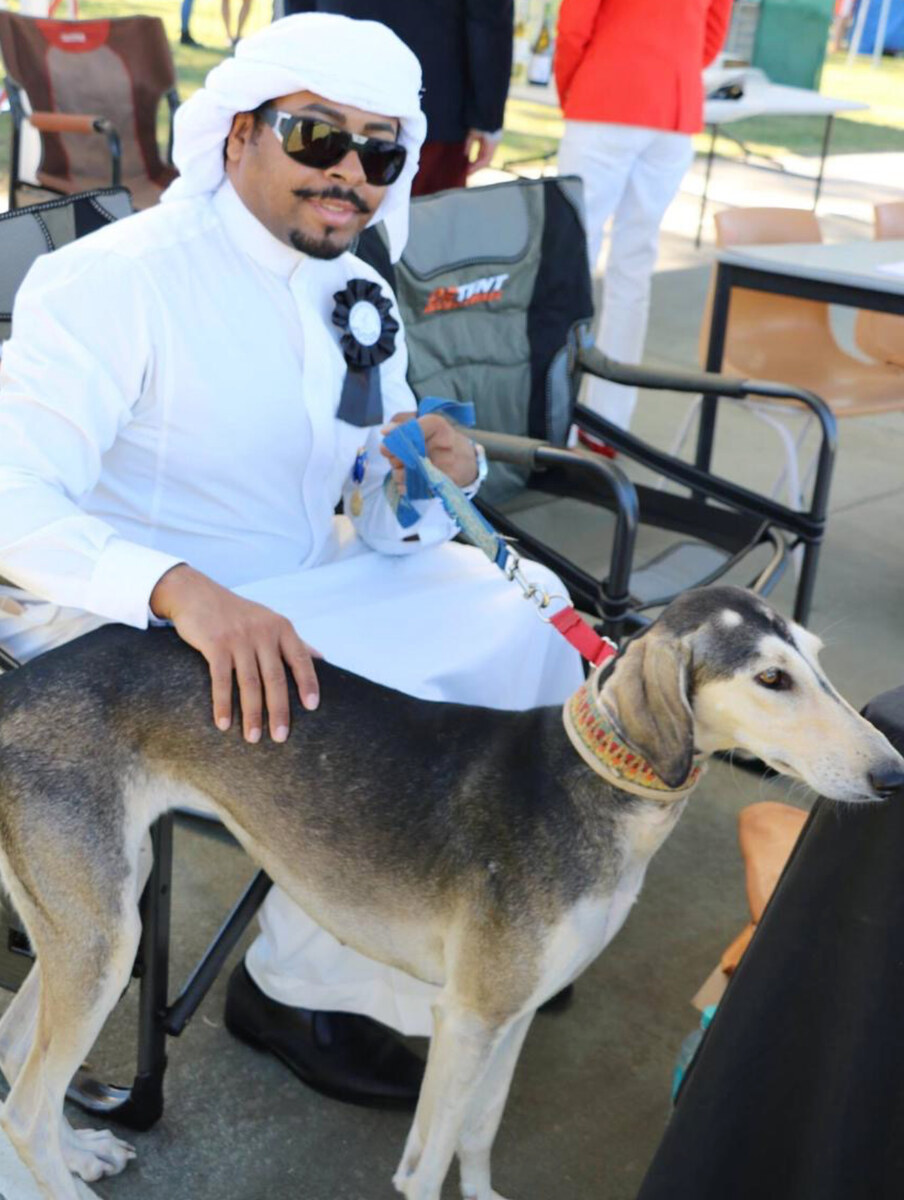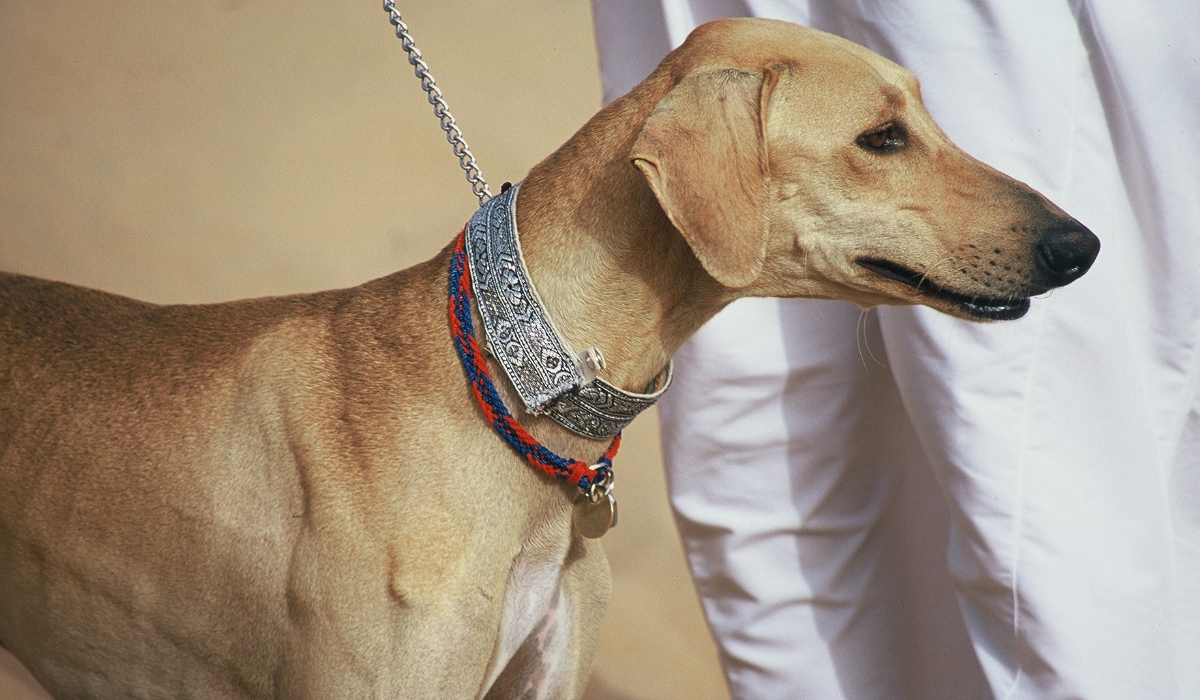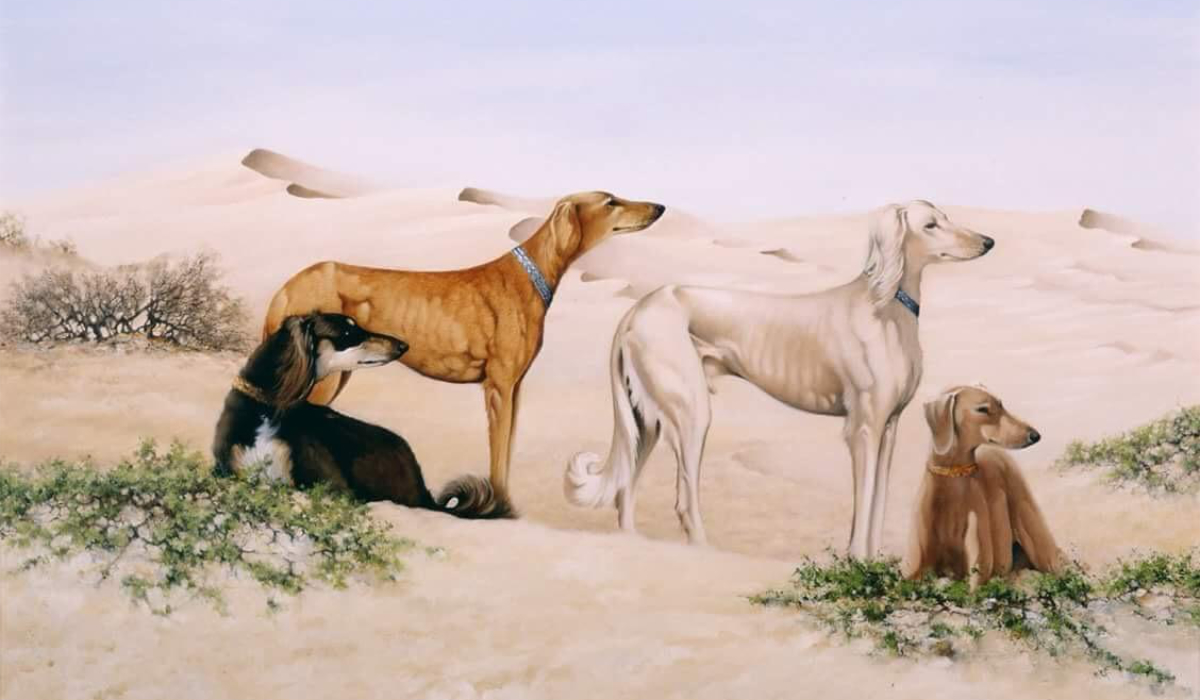RIYADH: The Noon Educational Platform, supported by the King Abdul Aziz City for Science and Technology (KACST), has become the first Saudi or Arab entity to participate in the ASU+GSV conference on investment in education technology, held recently in the US.
Chief Executive Mohammed Al-Dhelaan said that Noon was the only Arab body invited to speak to investors from all over the world at the annual conference.
He praised the role of KACST’s Badir Program in supporting and facilitating the participation of the Noon in this important conference.
The Noon Educational Platform — which specializes in social learning, artificial intelligence and the knowledge revolution — was given the opportunity to showcase its work and business insights to a host of potential investors and technology enthusiasts from Silicon Valley.
“Our participation in this conference comes after we recently concluded a successful investment tour at Noon Educational Platform which was (attended) by several local and regional investors, led by Mudassir Sheikha, co-founder and CEO of Careem, the cab-booking (service) in the Middle East and North Africa,” said Al-Dhelaan.
With more than 900,000 students enrolled in Noon, the educational platform aims to revolutionize the private-tutoring market and improve the education of millions in the Arab world. Noon aims to reformulate the concept of private tutoring by combining learning with pleasure and artificial intelligence.
Through Noon, a high school student is just a click of a button away from getting a private tutor on his phone, whenever needed, at a cost of about 70 percent less than when booked in person.
Noon is one of the most prominent projects of the Badir Program at KACST.
Saudi education venture Noon attends US investment conference
Saudi education venture Noon attends US investment conference

The Bedouin’s best friend: Saudi saluki center works to preserve at-risk breed

- The Arabian saluki dates back 5,000 years but faces the threat of extinction due to crossbreeding, the loss of traditional desert habitats and lifestyle changes in region
- International Aseel Arabian Saluki Center aims to raise awareness of breeding standards and offers support for owners, including training and veterinary services
RIYADH: The Arabian saluki, which is believed to have originated in the Middle East, is one of the oldest purebred dogs in the world. It has been a loyal companion to Bedouin peoples dating back at least 5,000 years.
Now, however, it faces the threat of extinction as a result of crossbreeding but the International Aseel Arabian Saluki Center in Saudi Arabia is working hard to ensure it survives.
Unlike some breeds that rely primarily on sense of smell for hunting, salukis are sighthounds, meaning they visually identify prey. Known for their agility, intelligence and an impressive ability to take down prey, salukis long served Arab Bedouin tribes as hunters.

Fahad Al-Farhan, the president of the IAASC, explained the significance of the saluki to the region.
Arabian salukis are “deeply rooted in our culture and one of our main symbols of our national identity with falcons, Arabian horses and camels,” Al-Farhan told Arab News.
“The Arabian saluki and the traditional way of hunting is a vital part of Arabian culture and heritage.
FASTFACT
The Arabian saluki dates back 5,000 years but faces the threat of extinction due to crossbreeding, the loss of traditional desert habitats and lifestyle changes in region.
“In the old days, salukis were indispensable hunting companions, securing the existence of many of the Bedouin families.
“They are graceful and fast and they distinguish themselves with their endurance.”

He noted the loyalty of the breed, quoting a proverb that states: “Only the owner sees the true face of a saluki.”
The animals are very attached to their families and loyal to their masters, said Al-Farhan, who is also president of the World Aseel Arabian Saluki Organization and the Saudi Kennel Club Union.
“Although the Arabian salukis are natural born hunters, they are calm and even-tempered representatives of their species,” he added.

“They are also very curious and you even get the impression that they have a great sense of humor.”
However, the rapid economic growth of the region in the modern era has endangered the natural desert environments that were the traditional habitats not only of the saluki but other Arabian species including falcons, horses and camels, he warned.
“The deserts and Arab lifestyles that created the circumstances in which the Arabian horse, camels and the saluki flourished now no longer exist,” Al-Farhan said
“As a part of the cultural heritage of Arabian hunting, Bedouins have been breeding Arabian salukis for thousands of years (but) the saluki may be lost to our future generations unless steps are taken to preserve it.”
The Arabian Aseel Saluki Center in Saudi Arabia has a long list of members that includes saluki owners abroad, Al-Farhan added, and it works to raise public awareness of breeding standards.
It offers veterinary services worldwide, including health checks and vaccinations, health certificates, micro-chipping and DNA testing, together with advice about grooming and travel arrangements for owners moving their dogs to another country.
Al-Farhan said that the IAASC is working to register the Arabian saluki on UNESCO’s Intangible Cultural Heritage List, which recognizes and helps to preserve endangered cultural traditions and practices.
“We believe that the inscription of the Arabian saluki hound of Arabia (on the UNESCO lists) will promote the visibility of its heritage locally and worldwide,” he added.
Desert truffles: Saudi Arabia’s buried treasure

- Truffles offer various benefits beyond their culinary value. Their water is traditionally believed to have medicinal properties for eye ailments, based on a saying attributed to the Prophet Muhammad
QASSIM: A prized wild fungus found under the desert sands is popping up at markets across the Kingdom as Saudi Arabia’s truffle season is in full swing.
The central region of Qassim is a leading center for the cultivation of the desert truffle, known by its scientific name Terfeziaceae, or in Arabic as fage, as reported by the Saudi Press Agency.

Several natural environmental factors contribute to the area’s proliferation of truffles, including fertile soil, untouched land, access to fresh water, climate, and the presence of the sunrose or raqrooq plant, particularly in the northern Qassim areas of Shari and Al-Sa’ira.
Local farmer Abdulkarim Saleh Al-Rasheed harvests truffles found near the sunrose plant thriving in lowlands adjacent to wheat fields irrigated by overflowing pivot sprinklers.

He said that the emergence of truffles had coincided with the cessation of thunderstorms accompanied by lightning, a phenomenon traditionally linked to truffle growth.
Al-Rasheed told SPA that successful cultivation depended on irrigation timing, water salinity, soil fertility and temperature, each playing a crucial role.
For truffles, the optimal temperature is measured ten days after the typically mild “Wasm” season beginning in mid-October.
In northern Qassim, this translates to nighttime temperatures between 15 and 20 degrees Celsius.
Irrigation typically begins around Sept. 25 in areas where the sunrose plant is present, with truffles beginning to appear about 50 days later.
He added that cultivated truffles in northern Qassim typically begin to appear around Nov. 20.
Truffles offer various benefits beyond their culinary value. Their water is traditionally believed to have medicinal properties for eye ailments, based on a saying attributed to the Prophet Muhammad. They also serve as a natural food source for grazing animals.
The Qassim Truffle Festival, currently in its fourth year, is a marker of the region’s truffle production.
The ten-day festival features 18 booths showcasing truffles, a dedicated auction area, 32 booths for local producers, and other exhibits featuring dates, honey, food products, and related activities.
Poetry in spotlight at Jazan forum

- This year’s forum featured the participation of over 25 poets representing various poetic schools
JAZAN: The Sixth Poetry Forum was launched at the Jazan Literary Club on Thursday. The event forms part of the Jazan Winter Season 2025 and was held at the Grand Millennium Gizan Hotel. Yahya Al-Ghazwani, the secretary of the Jazan region and general supervisor of the winter festival, attended the event.
Hassan Al-Salhabi, the club’s president, spoke of the forum’s success over the past five years, which has boasted the participation of more than 200 poets.

He also mentioned the honoring of several literary figures in the Kingdom and the presentation of specialized critical studies on prominent poets.
This year’s forum, which ran for two days, featured the participation of over 25 poets representing various poetic schools, further enriching the cultural movement on the local literary map.
The opening included an artistic performance titled “Inspiration of Mirrors,” and the honoring of several participating writers and poets.
Two poetry sessions were held on the first day of the forum, featuring 10 poets who presented a variety of works in front of a large audience.
Saudi Arabia takes up position as secretariat of global coral reef body

- Coral reefs sustain 25 percent of the world’s marine biodiversity and generate an estimated $9.9 trillion annually in ecosystem services
JEDDAH: Saudi Arabia on Friday officially assumed its position as secretariat of the International Coral Reef Initiative, an organization that works to protect the planet’s coral reefs.
Representing 102 members and 45 countries responsible for 75 percent of the world’s reefs, ICRI plays a role in tackling environmental and economic challenges facing these vital ecosystems.
The virtual handover ceremony was attended by international representatives, including Peter Thomson, the UN’s special envoy for the ocean, as well as representatives from organizations such as the International Union for Conservation of Nature and the US State Department.
The Kingdom’s tenure as head of the body was confirmed during the ICRI’s 38th General Meeting in September 2024 and will be led by the Kingdom’s General Organization for the Conservation of Coral Reefs and Turtles in the Red Sea, also known as SHAMS.
“Saudi Arabia’s role as ICRI secretariat underscores our unwavering commitment to a sustainable future for coral reefs worldwide,” said Dr. Khaled Asfahani, CEO of SHAMS and chair of ICRI. “Through science, innovation, and collaboration, we aim to protect these vital ecosystems, ensuring their resilience for future generations while maintaining their invaluable contributions to the global economy.”
Coral reefs sustain 25 percent of the world’s marine biodiversity and generate an estimated $9.9 trillion annually in ecosystem services, from fisheries to tourism.
Yet, they are under siege from climate change, pollution, and overfishing. With Saudi Arabia at the helm, ICRI will craft its 2025–2027 Action Plan to address these threats.
The plan seeks to expand membership to include countries representing 90 percent of global coral reefs, strengthen regional collaborations in the Red Sea, South Asia, and East Africa, and integrate reef resilience into global biodiversity policies.
Attempts to smuggle methamphetamine thwarted in Saudi Arabia

- Officials coordinated with the General Directorate of Narcotics Control to ensure the arrest of the drugs’ intended recipients, resulting in two arrests
RIYADH: Saudi authorities at the ports of Al-Batha and Rub’ Al-Khali have thwarted attempts to smuggle methamphetamine, concealed within two vehicles entering the Kingdom.
During the first attempt, a truck entering the Kingdom through the Al-Batha port was subjected to customs procedures and inspected using advanced security techniques. This inspection uncovered 1.944 kg of methamphetamine concealed within the truck’s side compartments.
In the second attempt, a vehicle entering the Kingdom through the Rub’ Al-Khali port underwent customs procedures. Upon inspection, 4.140 kg of methamphetamine were discovered, hidden inside the battery compartment.
Officials coordinated with the General Directorate of Narcotics Control to ensure the arrest of the drugs’ intended recipients, resulting in two arrests.
Saudi authorities said they are committed to protecting the Kingdom’s borders and would remain vigilant to thwart any smuggling attempts in cooperation with the General Directorate of Narcotics Control.



















